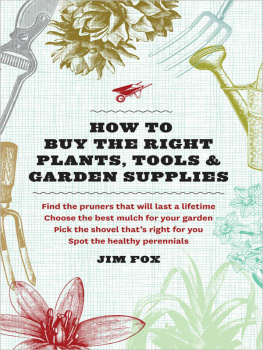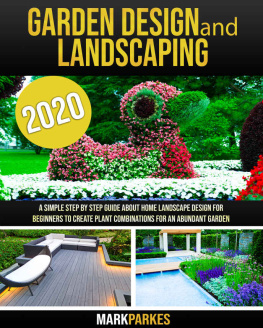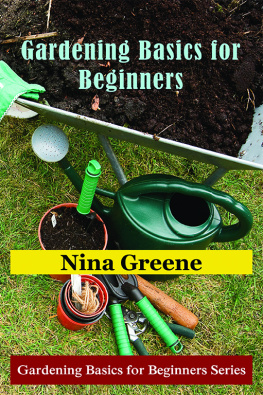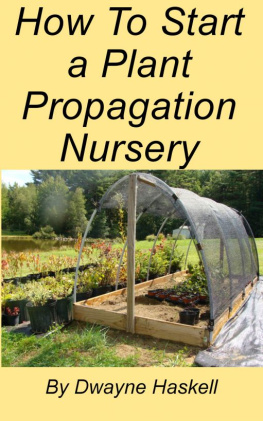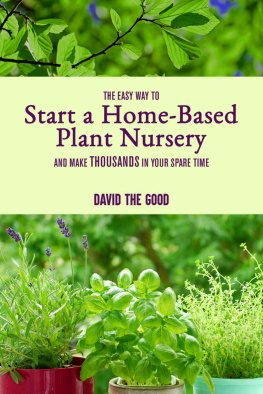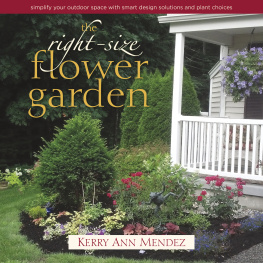
HOW TO
BUY THE RIGHT
PLANTS, TOOLS &
GARDEN SUPPLIES

Copyright 2013 by James H. Fox. All rights reserved.
Published in 2013 by Timber Press, Inc.
Photographs by Marci Hunt LeBrun
Illustrations by Kate Francis
The Haseltine Building
133 S.W. Second Avenue, Suite 450
Portland, Oregon 97204-3527
timberpress.com
2 The Quadrant
135 Salusbury Road
London NW6 6RJ
timberpress.co.uk
Printed in the United States of America
Book design by Stewart A. Williams
Library of Congress
Cataloging-in-Publication Data
Fox, Jim, 1957-
How to buy the right plants, tools, and garden supplies/Jim Fox.1st ed.
p. cm.
Includes index.
ISBN 978-1-60469-214-3
1. Gardening. 2. Plants, Ornamental. 3. Garden tools. I. Title.
SB450.97.F693 2013
635dc23
2012027809
A catalog record for this book is available from the British Library.
Contents
In memoriam: IJB, AS, LH, VE, GST, and Dean Long, who believed inand expectedones best.
Introduction
This book is a broad, practical overview of how to choose, buy, establish, and maintain plants and how to select wisely the implements and amendments that will help them grow well. It is based on my forty-plus years of experience as a keen student of gardening and horticulture; an avid collector of plants through nurseries, catalogs, exchanges, and botanizing in the wild; and a worker at various nurseries in customer service, as a manual laborer, as a buyer, and as a supervisor. In those forty years I have asked and been asked a lot of questions. I wrote this book to give answers to the most common questions, to explain horticultural jargon, and to give you the information you need to find and recognize quality plants, tools, and other garden necessities so you can spend your time and money wisely.
The first chapter will help you understand your gardens site and microclimates, learn about your areas climate and gardening zone, and ask yourself essential questions before buying your first plant or any more plants for your garden. You will learn to give thought to exactly what it is you want a plant to do for youand to consider what your ambitions for your garden tell you about what to look for in a plant.
In gives basic information on the different types of plantsannuals, perennials, trees, shrubs, bulbs, and a host moreas well as what you should look for in a healthy plant.
In we look at the watering equipment, mulches, fertilizers, and pesticides you will need in order to maintain your garden, and how to water wisely.
Creating a garden can be a sizeable investment, and to the new gardenerand even the longtime gardenerbuying plants and the supplies needed to nurture them can be daunting. Each year we are told of new, better, improved plants and techniques. Television shows and magazines encourage us to make our garden into another living space or a place to grow flowers for cutting and fresh vegetables for the table, or at least to make it into something that will improve the value of our homes. It is sometimes not clear if all this advice is helpful, hyperbole, or just another way to part us from our money.
I hope this book will help you make sense of the good advice along with the mystery, hyperbole, and overwrought mythology promulgated by friends, the media, and so-called experts when you begin choosing and buying plants, tools, and supplies. My goal is to educate you to be a savvy consumer so you can be confident that your gardening dollars are well spent.
What to Know Before You Buy
Walk into any nursery, pick out a plant you like, and the staff people will be happy to help you buy it. But is it the right plant for your garden? Do you know what the plant needs? Do you know what your climate zone provides in the way of heat, cold, and precipitation? Do you know what your soil is likehow it drains and how acid or alkaline it is? How much sun does your planting area get? What is it you want your garden to be or do for youor more important, not be or do? How will you and your family (including pets) and service people use it? What do you already have in your yard? Whats your budget? What are your abilities and ambitions?
If you want to make wise plant purchases, you need to know the answers to these basic questions before you venture out to the nursery. Nurseries are businesses. They, their catalogs, and their websites are set up to induce customers to fall in love at first sight with their many plants. I think we are just as hardwired to respond gushingly to a flower as we are to puppies, babies, sports cars, vacation spots, and granite countertops. But that doesnt mean the plant we fall in love with is the plant that will do well with what we or our yard can offer it.
Most of us know people who seemingly possess instant knowledge of what plant is right for any spot in any gardenthe mystical green thumb. Whether consciously or not, these people have asked themselves the basic questions many times. Answering these questions provides a simple education about your likes and dislikes and about the land you plan to garden on. Without this knowledge, youre not gardening, youre making a stage set. You are decorating. Thats fine. Nothing wrong with the latter, but thats another book youll find in the theater section of your local or virtual bookstore.
It takes at least a year for anyone, novice gardener or expert, to really understand what will grow well on a new piece of property. If during that first year you are in a hurry to fill your yard with plants, buy annualsplants that grow, bloom, and die in one year. Expenses are few, the lessons to be learned vast.
Your Climate Zone
What zone is your garden in? is typically among the first questions a nursery person will ask youor you will ask yourselfwhen youre wondering about a plant you might want to buy. It certainly is an important question you must know the answer to each time you want to experiment with a new plant.
Climate zone maps have been created for most areas of the world, often based on average annual minimum winter temperatures (and recently maximum summer temperatures), like the USDA plant hardiness zone map for North America (planthardiness.ars.usda.gov/PHZMWeb/), the hardiness zone map for Europe (uk.gardenweb.com/forums/zones/hze.html), and now the World Plant Hardiness Zone Map (theplantencyclopedia.org/images/3/39/World_Plant_Hardiness_Zone_Map.jpg). Today we understand that other limits and needs also contribute to plant hardiness, including length of growing season, summer heat, timing and amount of precipitation, wind, and humidity. Sunset magazine has for many years taken these conditions into account in its zone maps, first created for the western states and now covering all of the United States (sunset.com/garden/climate-zones/), creating a much more accurate and valuable hardiness system. The Canadian government has similarly developed a plant hardiness map for Canada that combines information about a variety of climatic conditions (planthardiness.gc.ca/).
Learn your areas zone system and use it as a guide, not the final word in hardiness. Every garden has its own varied climate areas, some as simple as each side of the house, for instance (see Microclimates in Your Garden).
Next page
